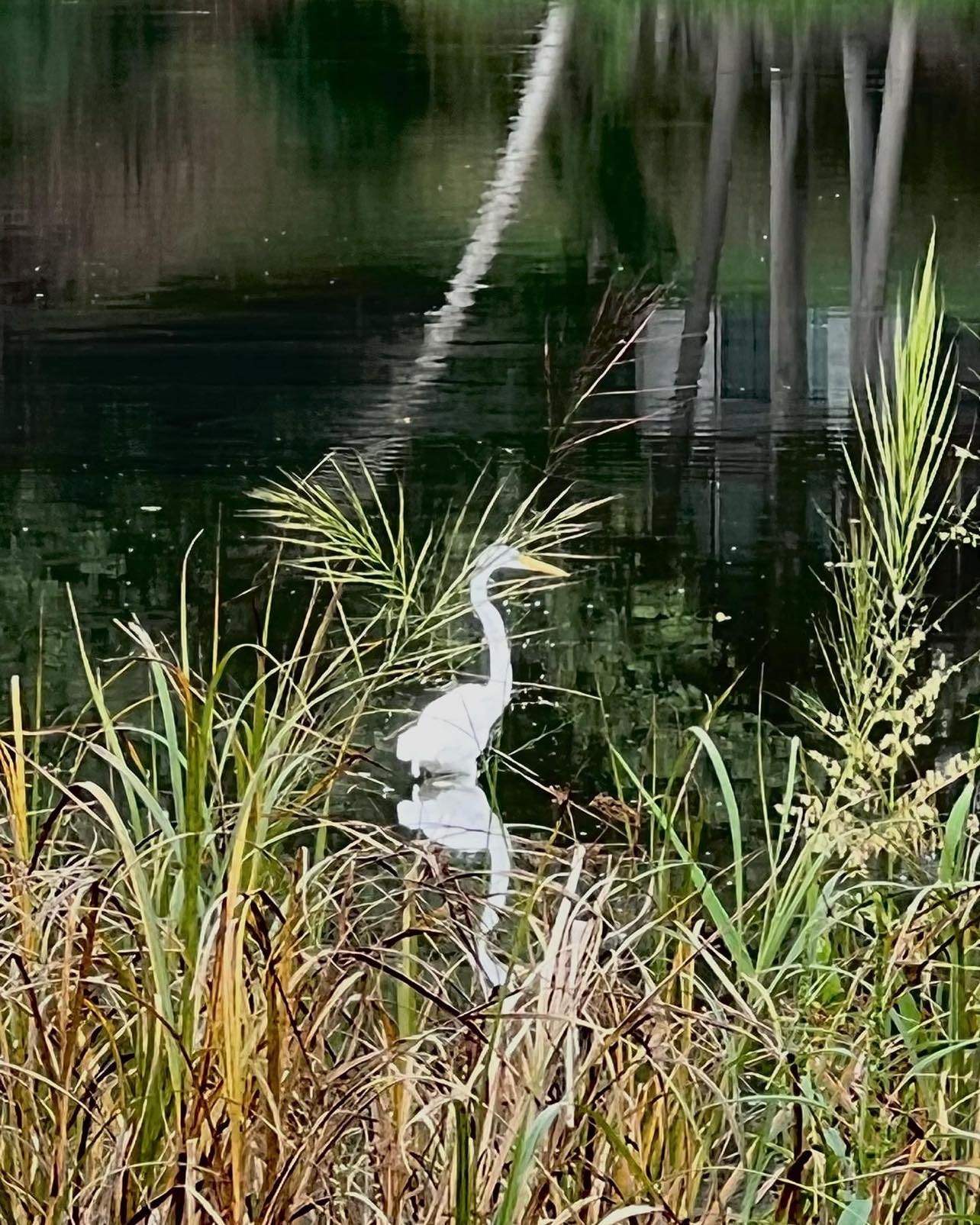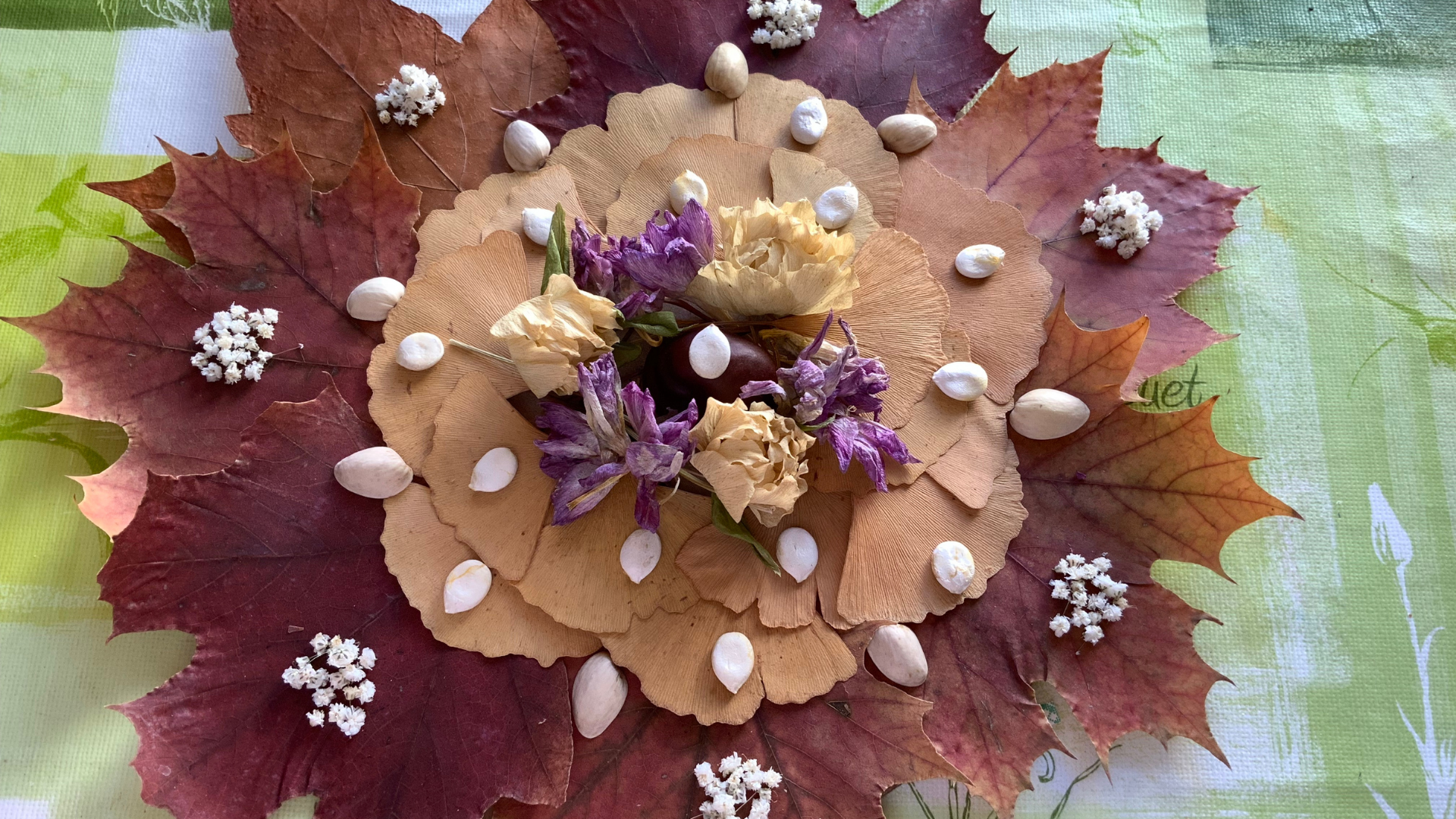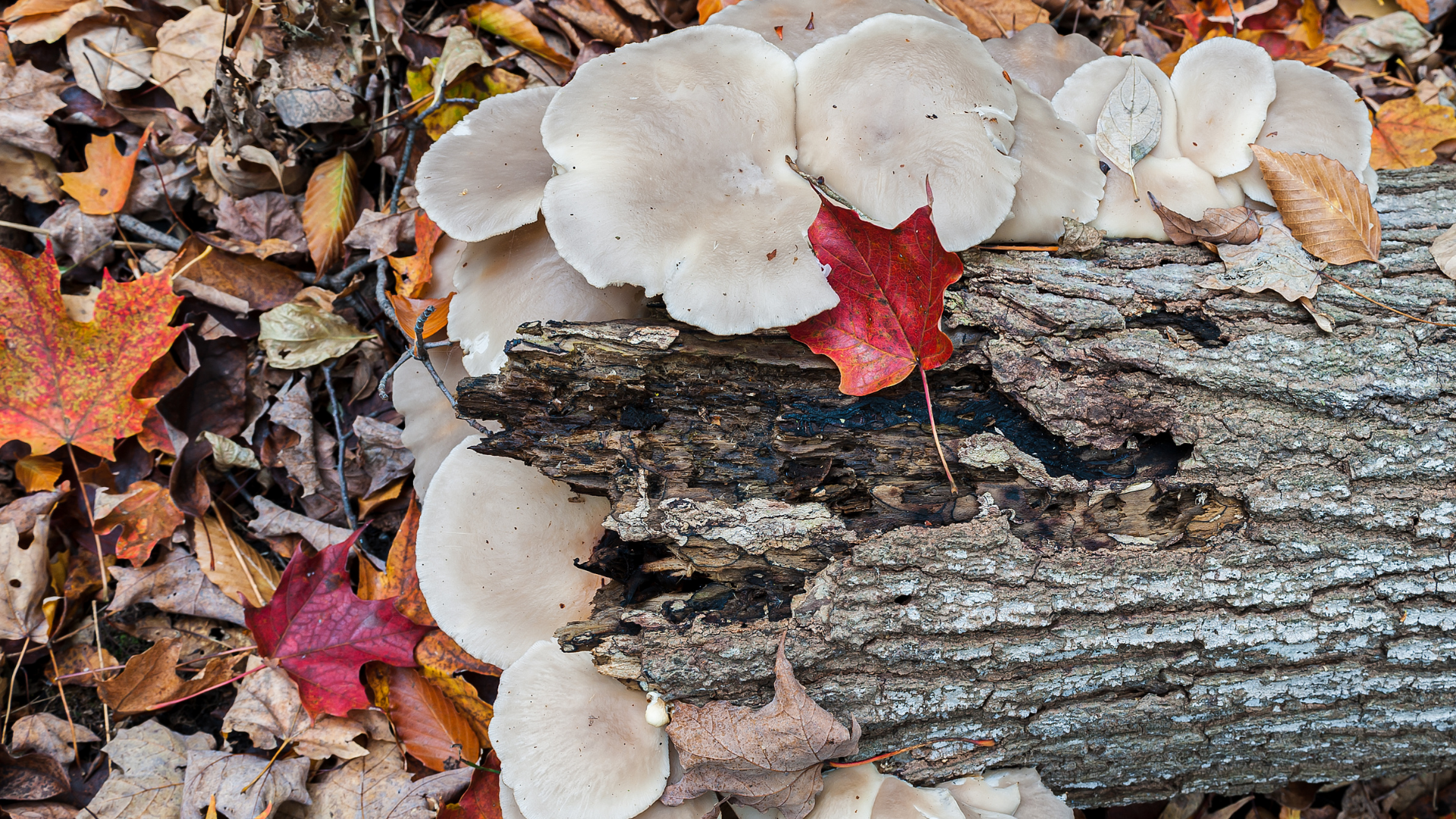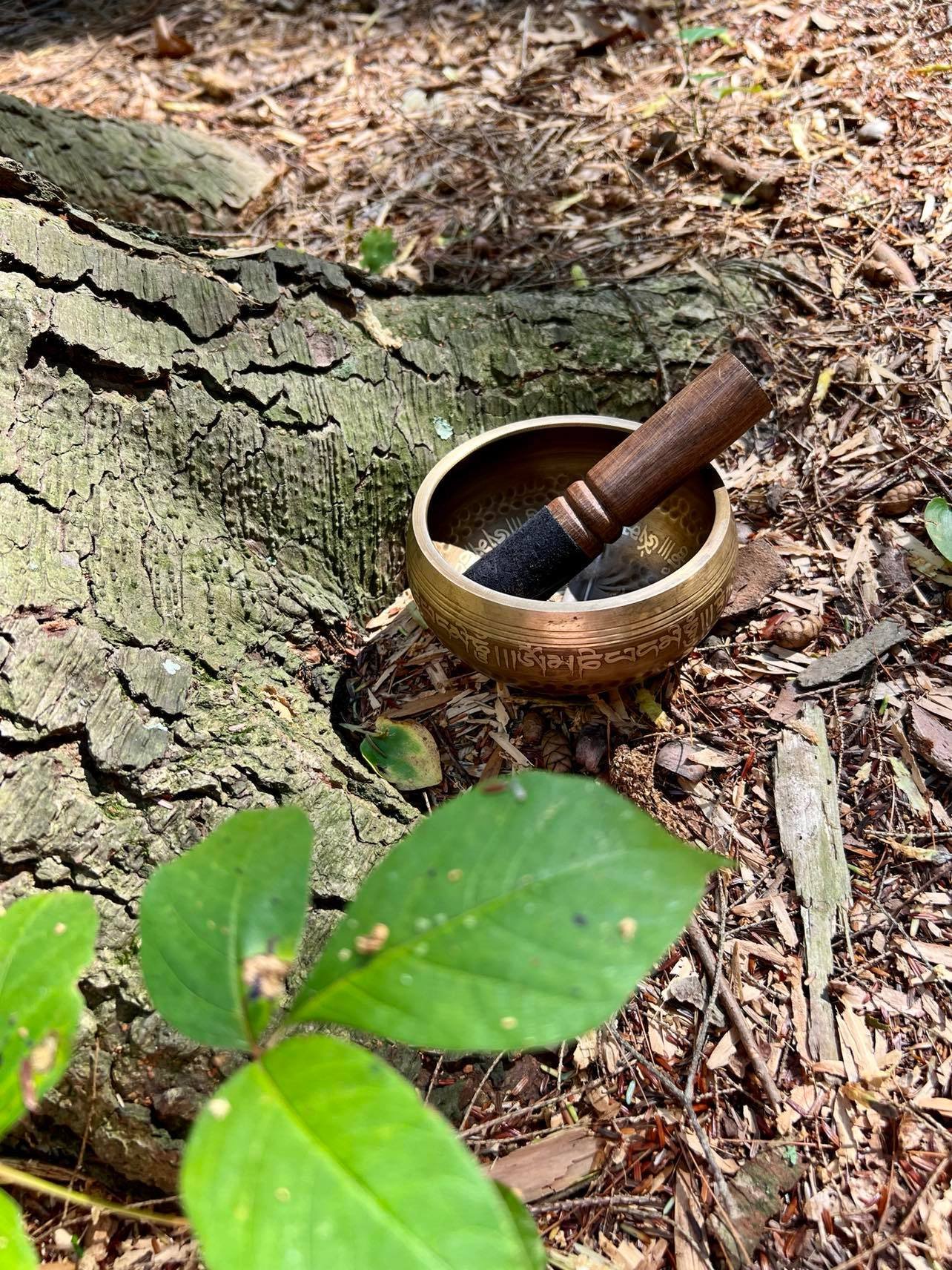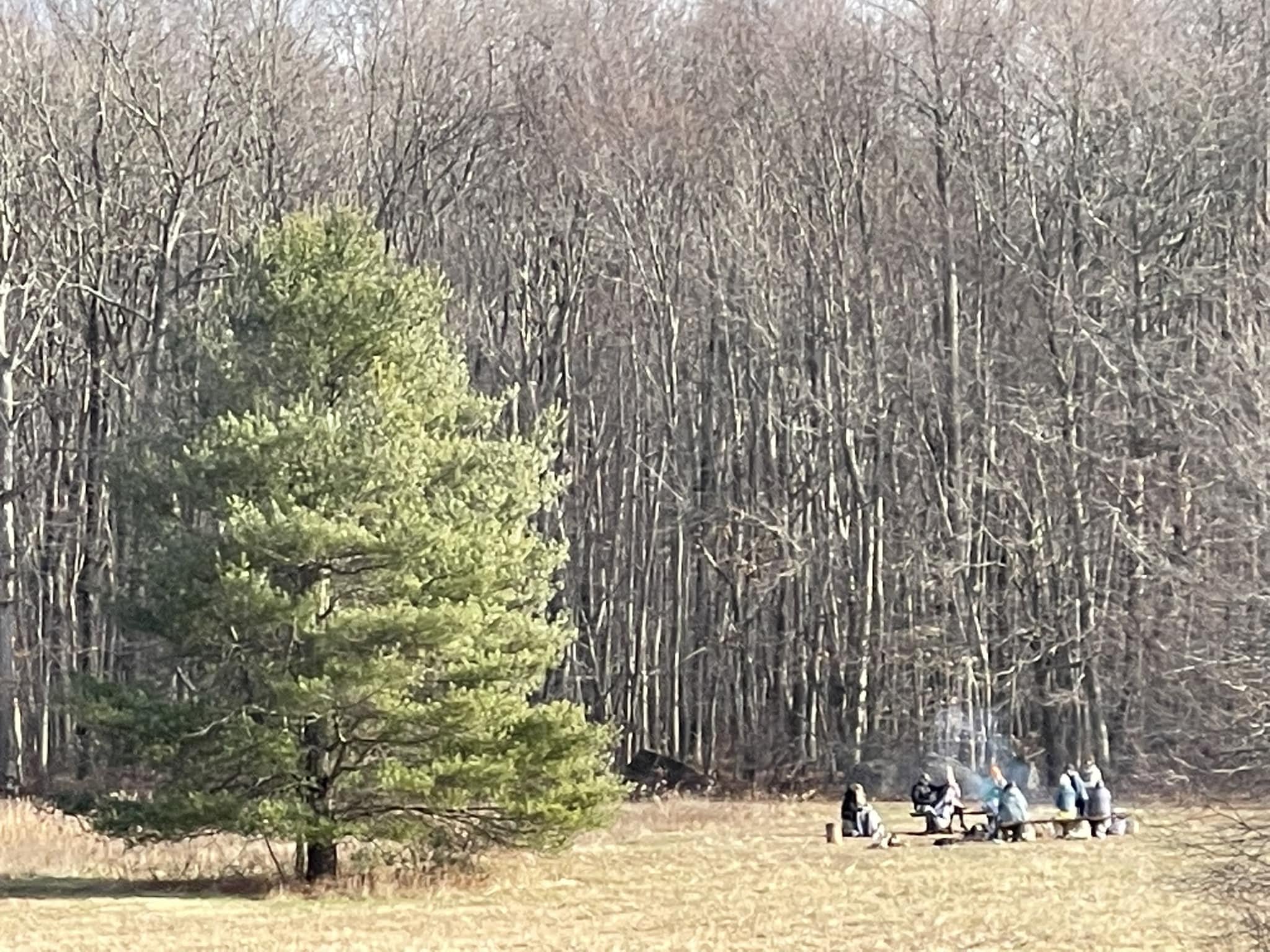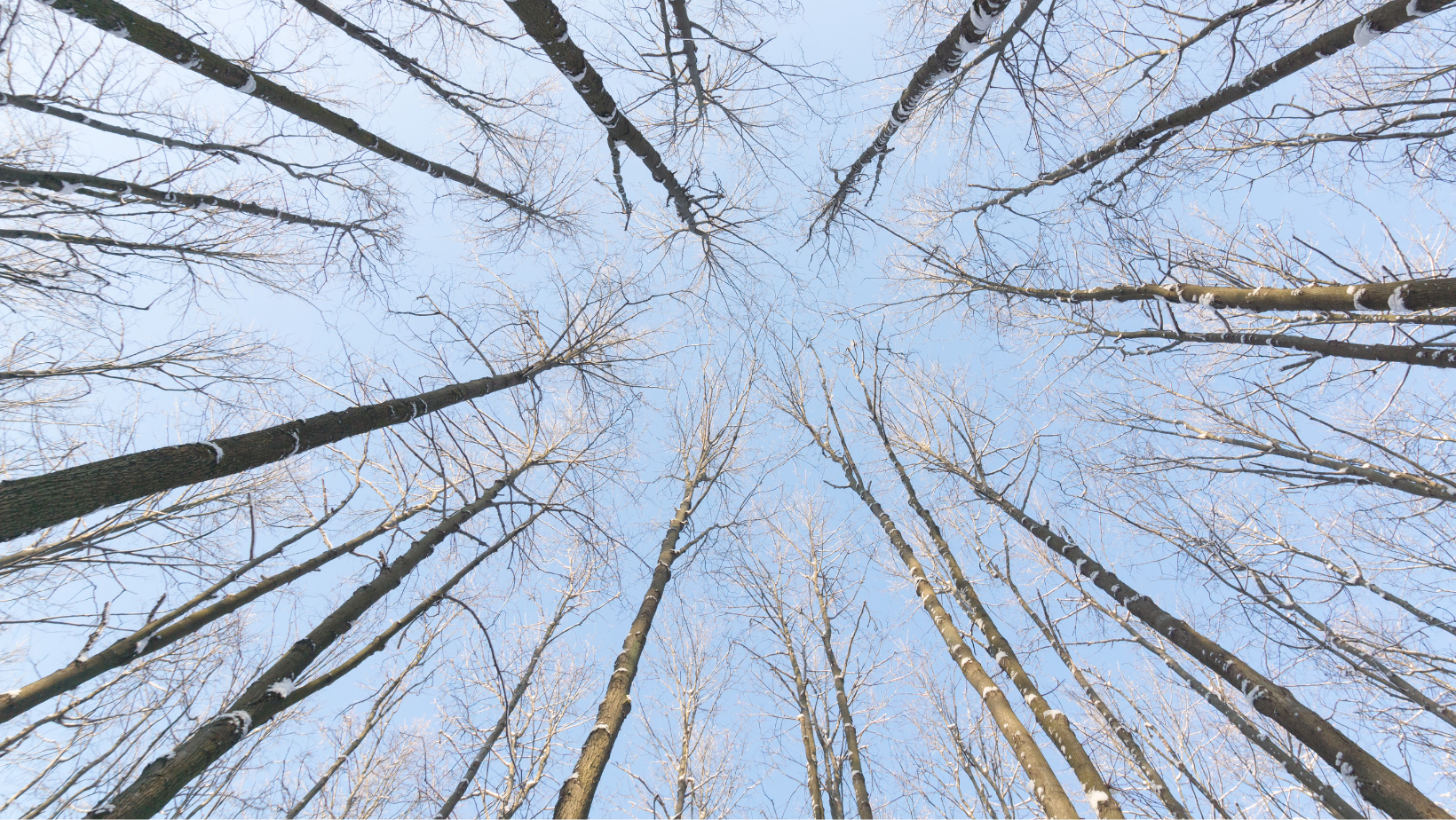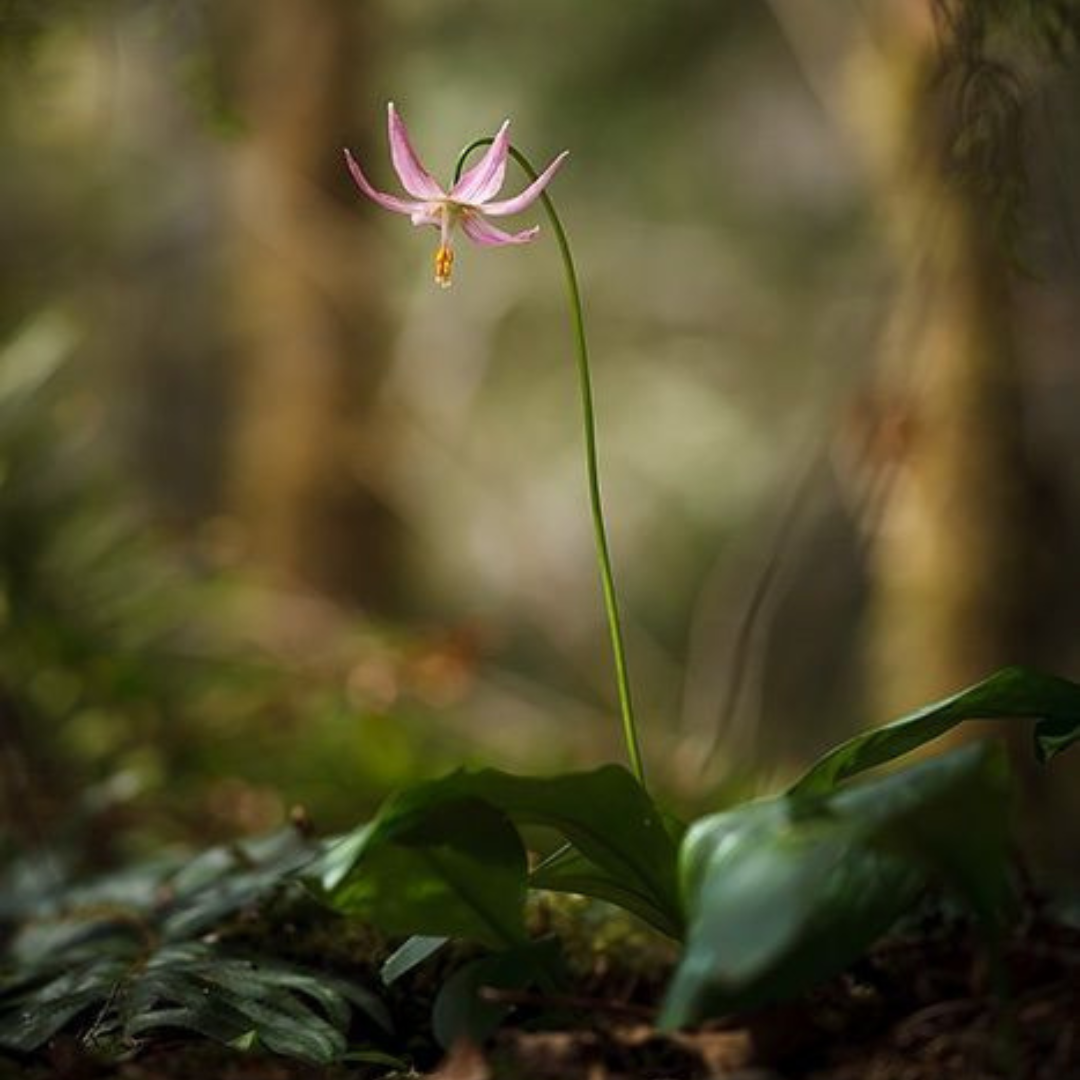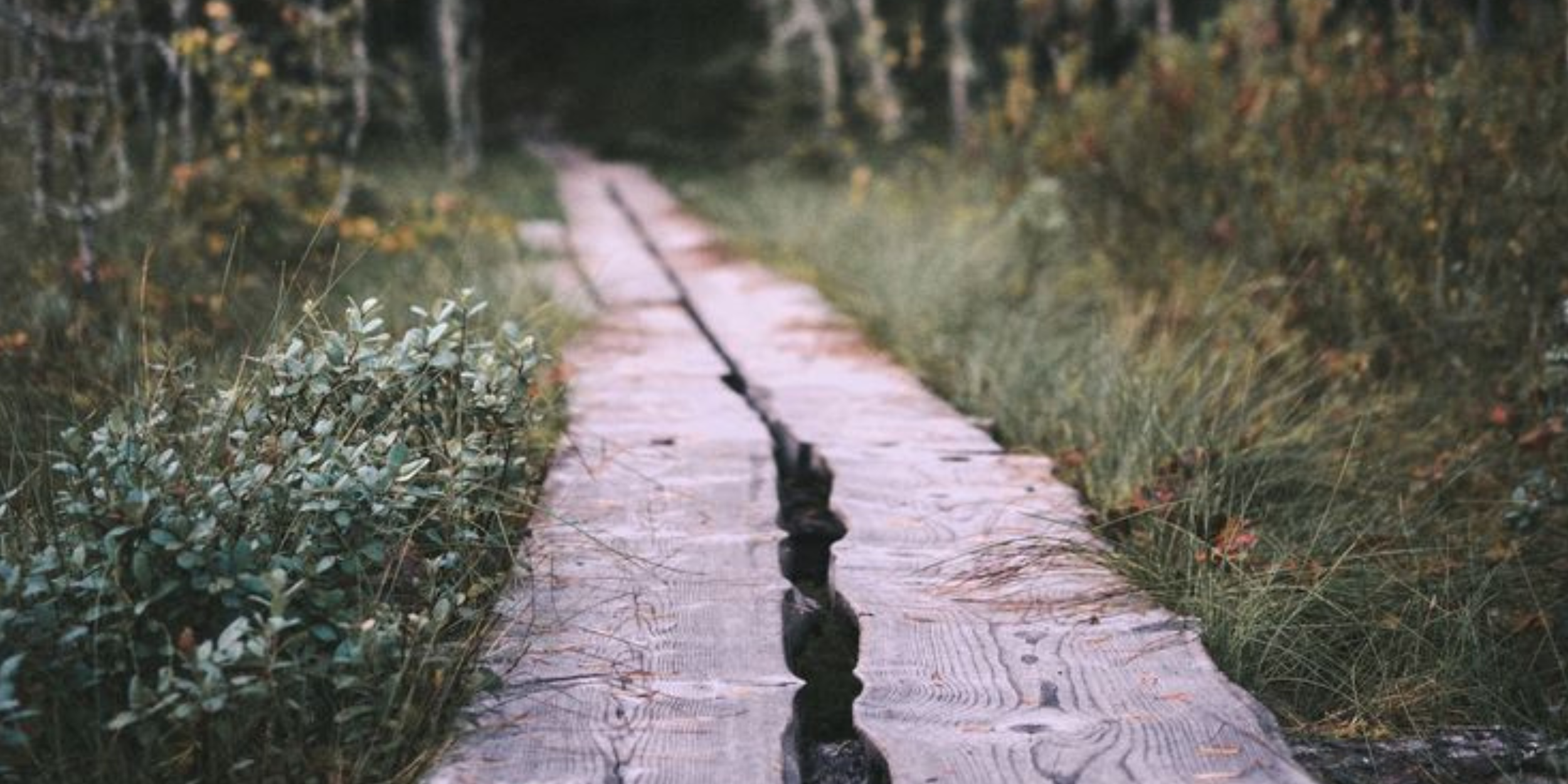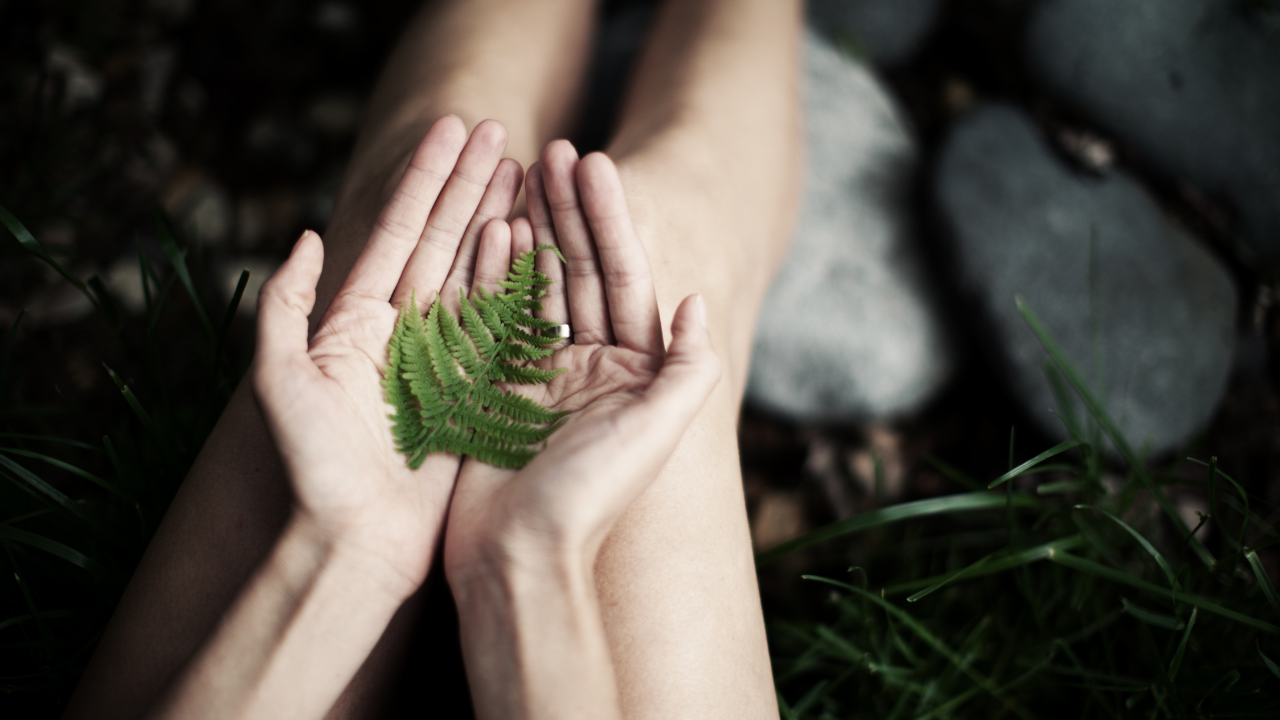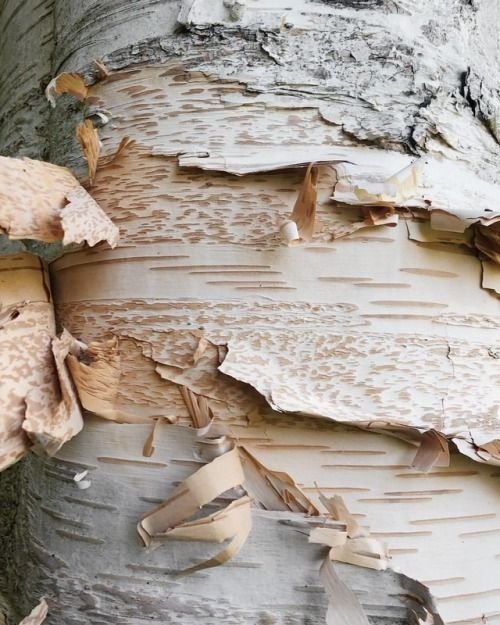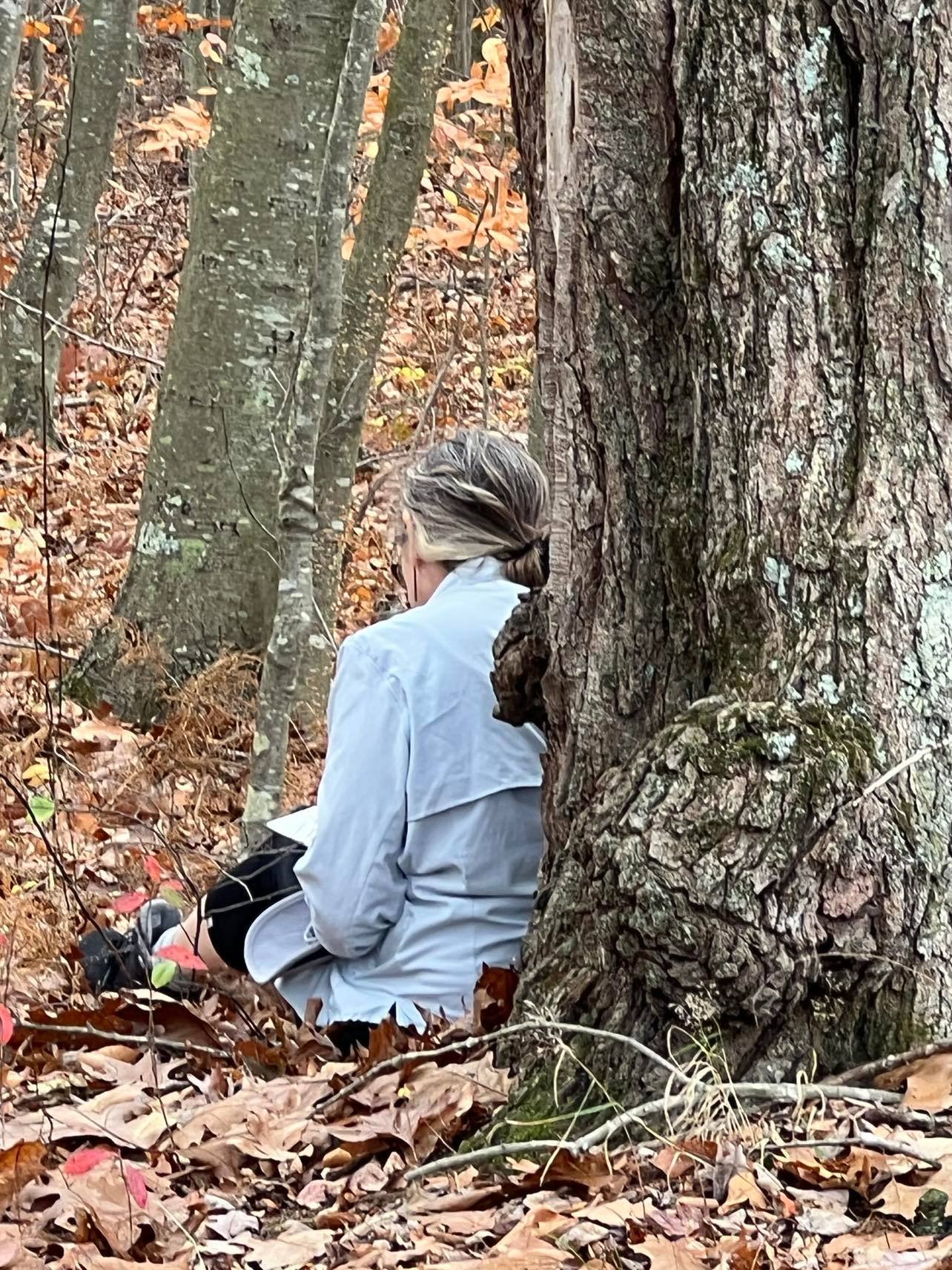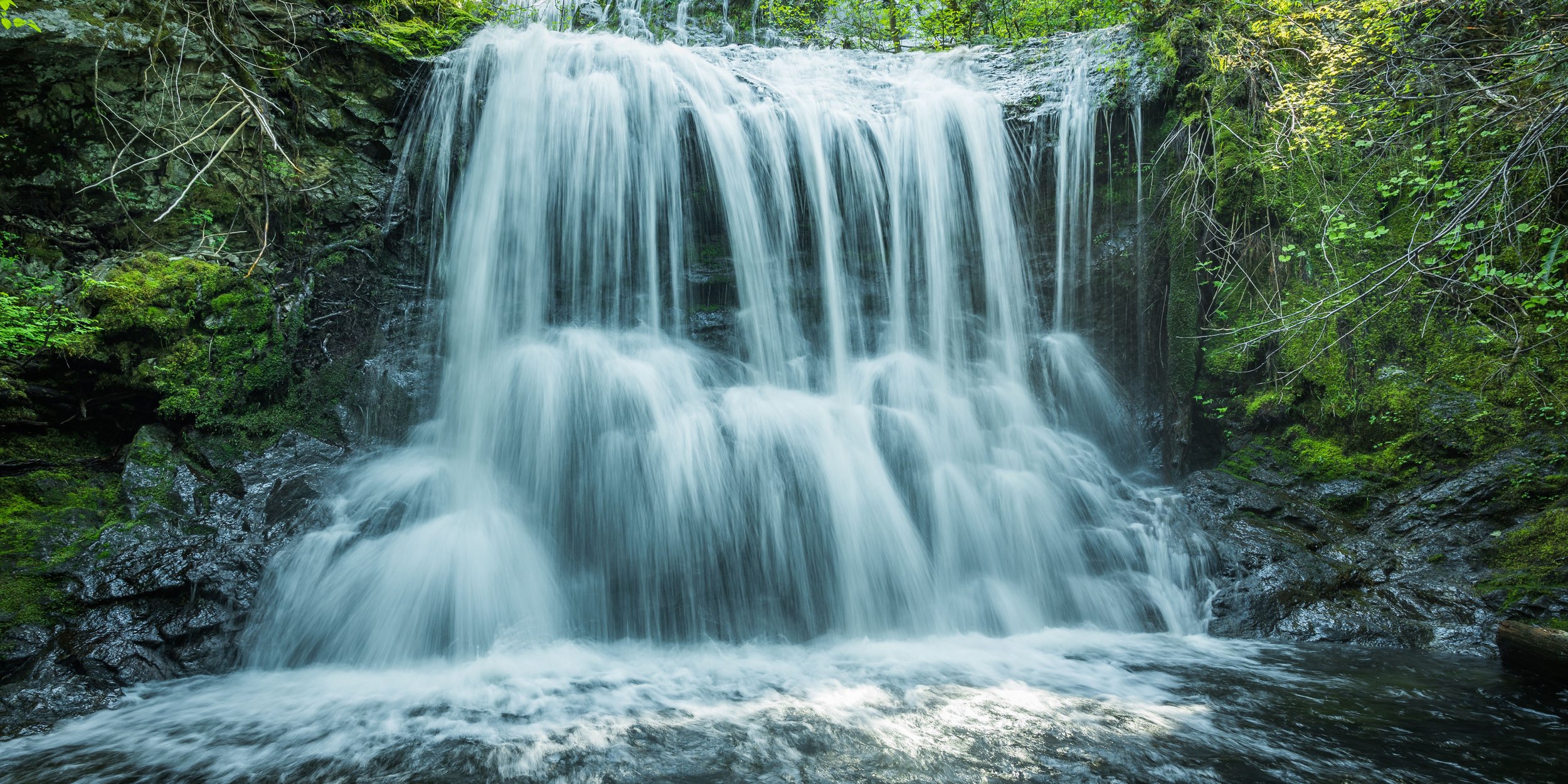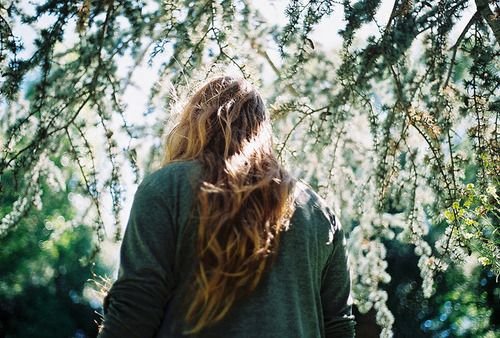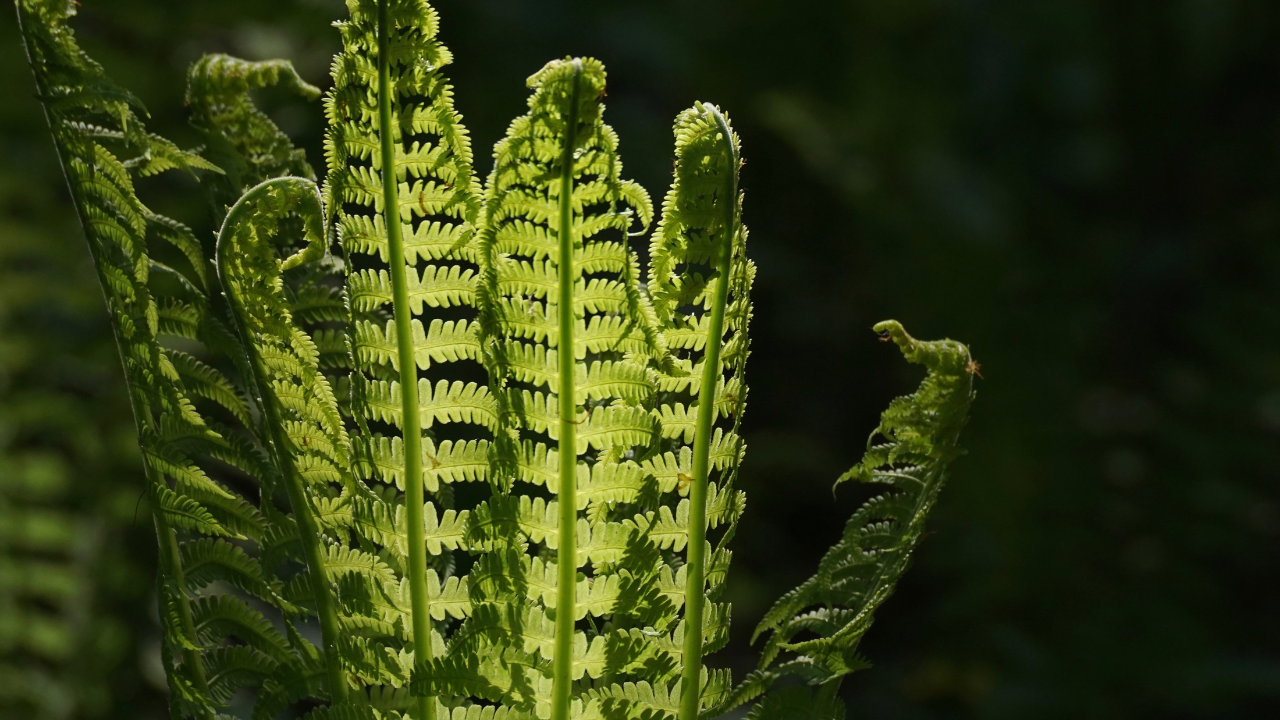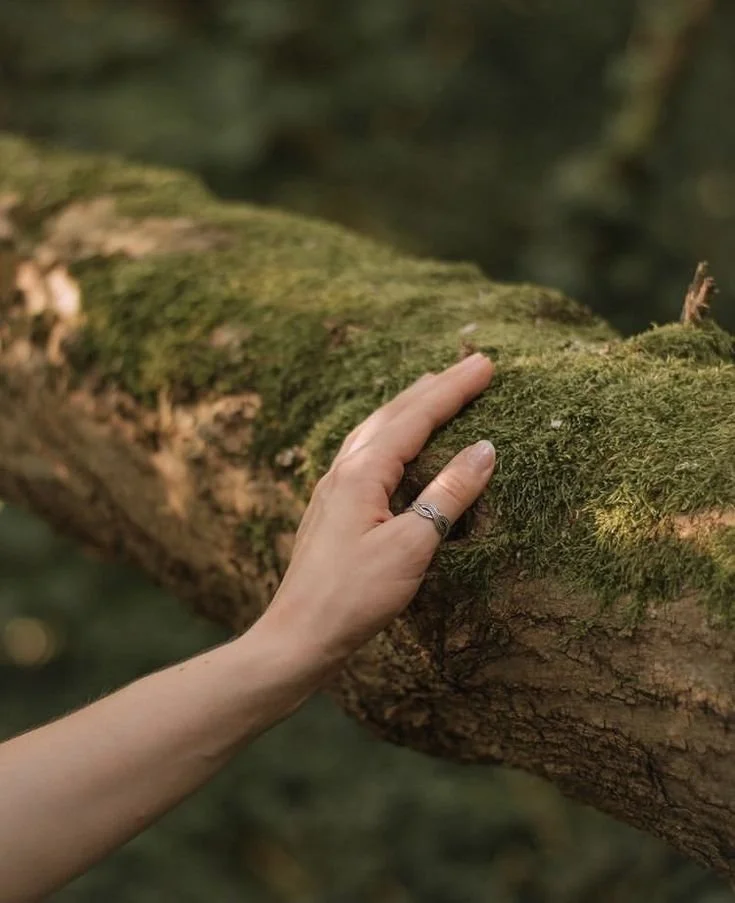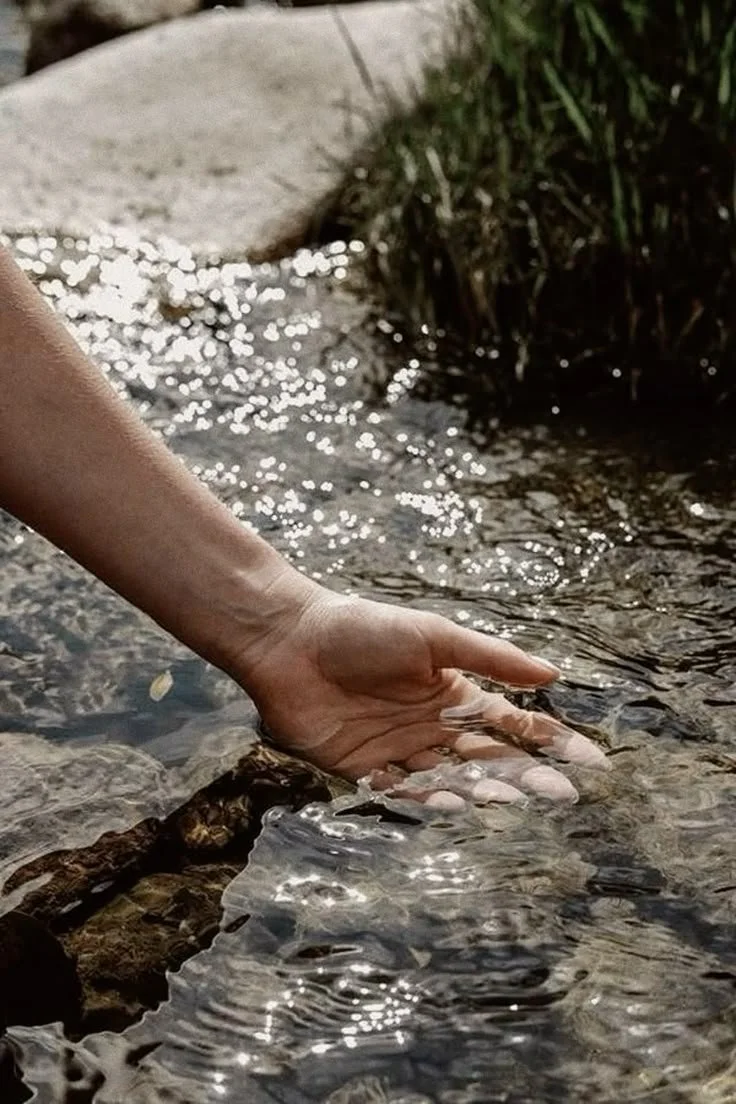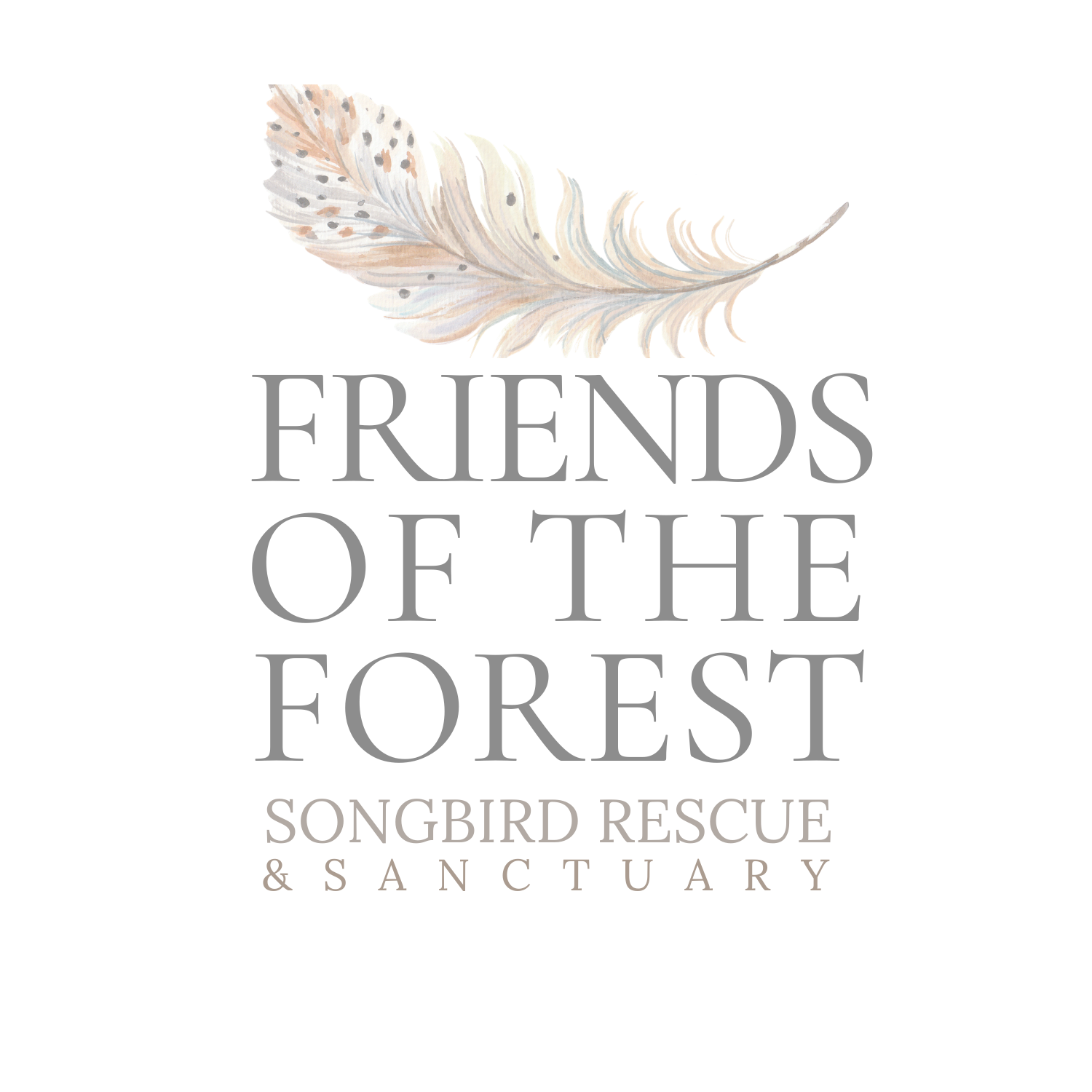
Walking the Wheel of the Year
Step into the forest—not just to escape, but to reconnect. Through the practice of forest bathing, or shinrin-yoku, you are invited to slow down, awaken your senses, and let the natural world guide you back to yourself.
This women-centered experience is aligned with the turning of the Wheel of the Year. Each walk honors the seasonal energies, offering a sacred space to pause, reflect, and attune to the cycles that mirror your own inner rhythms. In this slow, mindful immersion, the forest becomes a mirror, revealing clarity, balance, and the deep wisdom you carry within.
Led by Kathleen Lowe, Certified Kripalu Mindful Outdoor Guide, these forest bathing walks are not hikes—they are restorative journeys through the seasonal energies. Gentle prompts, reflections, and invitations to notice the subtleties of nature help release tension, nurture presence, and deepen your connection to the earth.
For your body: Breathe the crisp, seasonal air. Feel the ground support you. Let the forest’s rhythm restore calm and ease stress.
For your mind: Quiet the noise of daily life. Listen to the forest’s gentle guidance and let its calm illuminate your thoughts and intentions.
For your spirit: Walk with the wisdom of the seasons, honoring your own inner cycles. Each forest bathing journey is an opportunity to nurture your soul, embrace renewal, and move in harmony with the natural rhythms that surround us.
This practice is about more than being outside—it’s about going within through forest bathing, walking the seasons, and connecting deeply to yourself. Let the forest, and the Wheel of the Year, guide you home.
What is Forest Bathing?
Forest bathing is a wellness practice. It is a thoughtful and slow walk in nature during which your guide will share mindfulness practices and invitations designed to awaken your senses, tune in to the present moment, and reconnect with nature. In the process, stories surrounding nature - both inner and outer, often arise. It is unlike a usual stroll in the park, a hike, or a nature walk. Science and research studies on forest bathing have quantified health benefits, including improved mental clarity, increased body immune functions, increased production of anti-cancer proteins, lower stress levels, lower blood sugar levels, and lower blood pressure, amongst many other benefits.
The decades-old practice originated in Japan and is known as shinrin-yoku, which literally translates to "taking in the forest" or "bathing in the atmosphere of the forest." The word "bathing" refers to the idea of absorbing the experience using all of the senses rather than anything to do with water.
Forest bathing isn't a hike—it’s surrounding yourself in nature and allowing its sounds and rhythms to wash over you. It is part nature walk, part moving meditation, and part quiet, contemplative experience of immersing oneself in the healing presence of the forest.
What Happens on a Guided Forest Bathing Walk?
A certified forest bathing/therapy guide (CFTG) is a person who has completed a training program and practicum by an accredited training organization. The training is designed to provide the foundational skills for guiding individuals and small groups to use the practice of mindfulness to deepen their connection with land, place, and the more-than-human world.
As a guide, you deepen your relationship with nature, and you hold space for people from all walks of life to heal and connect to the natural world. They are not a therapist as a result of completing the certification.
Guides learn skills that are applicable in any forest ecosystem or bioregion. Forest bathing walks can be adapted to other natural settings besides forests, such as city parks and botanical gardens. Walks can be integrated with health promotion, yoga, Reiki, nature education, employee wellness programs, conservation efforts, and many other specialties.
What is a Forest Bathing Guide?
During a guided forest bathing experience, the guide extends a series of gentle "invitations" – thoughtful suggestions designed to deepen your connection with the natural world.
The journey begins with an orientation, guiding you toward activities that awaken and attune your senses. These moments may involve periods of quiet, independent wandering or contemplative sitting, interspersed with opportunities to share your observations and reflections within the group.
Our walks are intentionally slow, often covering less than half a mile over two hours. This deliberate pace is crafted to ensure accessibility for nearly everyone, allowing ample time for presence and soft engagement with your surroundings.
The experience concludes in a special tea ceremony, a moment of shared reflection and grounding as we conclude our time in nature.
Ultimately, forest bathing excursions are deeply personal and open-ended; there is no fixed expectation for what one "should" experience or the specific benefits one "should" receive. Instead, it is an invitation to simply be and to allow nature to nurture your unique journey.
The Health Benefits of Forest Bathing
“Nature deficit disorder” is a modern affliction. With more people living in cities, working in office buildings, and becoming addicted to electronic devices, we are experiencing a nature deficit.
In fact, the average American spends 93 percent of the time indoors and some ten hours a day on social media—more than they spend asleep.
The health secrets of trees lie in two things—the higher concentration of oxygen that exists in a forest, as compared to an urban setting, and the presence of plant chemicals called phytoncides—natural oils that are part of a plant’s defense system against bacteria, insects, and fungi. Exposure to these substances can have measurable health benefits for humans. Physiological stress is reduced, and blood pressure and heart rate are lowered.
Breathing in forest air increases the level of natural killer (NK) cells in our blood. Our body uses these NK cells to combat infections and cancers. One Japanese study showed a rise in the number and activity of these NK cells by people who forest bathe. In addition to affecting immune system function, phytoncides improve sleep, lift mood and attention, and boost creativity.
The positive impact of spending time in nature is proven. It turns out that walking and relaxing in this type of immersive experience amongst the trees offers various health benefits. That’s why forest bathing is also called forest therapy.y.
The Forest is the Therapist. The Guide Just Opens the Door.
-

CONNECT
Unplugging from the demanding outside world, you will be invited to relax, unwind, and de-stress, through a series of sensory invitations. Join us on an intentional and meditative walk through the Connecticut forests.
-

SHARE
The guided walk will blend time for solitude in nature with conversational sharing. Participants will be invited to share in any way that feels right to them; silence is also a welcome form of sharing. The walk will vary between wandering, sitting, and standing.
-

RESTORE
Each forest bathing walk will culminate in a gentle outdoor herbal tea ceremony with hand-blended herbs. This practice allows for a smoother transition from forest bathing back into everyday life.

Evergreens—pine, cedar, spruce, and conifers—are the largest producers of phytoncides, so walking in an evergreen forest seems to have the greatest health benefits.
FAQs
Friends of the Forest, Inc. is a registered 501(c)(3) and all donations are tax-deductible to the extent permitted by law.
Your Guide
Walks are led by Kathleen Lowe, founder of Friends of the Forest. Kathleen studied at and is certified by the Kripalu School of Outdoor Leadership as a Mindful Outdoor Guide, which is influenced by yoga philosophy and mindfulness practice. She is also certified as a professional guide by the Association of Nature and Forest Therapy (ANFT). She is certified in Wilderness First Aid and fully insured by Alternative Balance Professional Group.
Weather
We will walk rain or shine so please check the forecast, dress accordingly, and bring your adventurous spirit! Sometimes, more severe weather may require us to shorten an experience for safety reasons. If the weather cuts our experience short by more than half the expected time, we will reschedule your walk or issue you a credit for use on a future forest bathing walk so we can try again for clearer weather.
Mobility Issues
Forest bathing walks can be adapted. If you or a person in your party has mobility or other issues; contact us and we can make adjustments. Forest Therapy Guided walks can be modified so that anyone can participate.
Please note it is important for the guide to be aware of a disability prior to the walk to modify the experience to be accessible. This may require changing the location of the walk; the types of invitations that are crafted and other actions.
Please contact us if someone in your party has mobility issues.
Location
All the trails are chosen based on the gentleness of the terrain and your guide’s geographic area of expertise. The location of your walk also depends on weather conditions, road closures, etc. Our walks are scheduled in the Lower River Valley region of Middlesex County and the Mystic/Stonington area, and typically are 2 to 2 1/2 hours long.
Cost and Registration
Depending on the type of forest bathing walk we are going on and what is involved (art, journaling, etc), the investment varies by walk.
All guests must complete our online release waiver.
All guests must complete our health questionnaire before joining a forest bathing walk.
Please review our participant terms and conditions before registering for a forest bathing walk.
Hosting a Private Walk
Kathleen can work with you to lead a forest bathing guided walk designed for you and your friends or professional colleagues. She can lead a walk during a conference or workshop, hold a wellness walk for employees, celebrate a birthday or upcoming wedding, or simply have a walk with friends.
Contact us to discuss.
What to Bring
Bring sun protection, bug repellent, rain protection, water, an open heart and mind, and anything else you need to be comfortable. We recommend close-toed shoes and long pants. Please bring a mat or trail seat
(for sitting on wet ground). Be sure to wear weather-appropriate clothing and remember that layers are your key to comfort.
Cancellation Policy
Unless otherwise noted, cancellations more than 48 hrs prior to your scheduled experience are refundable minus the ticketing fee. Cancellations between 0-48 hrs prior to your experience are non-refundable.
Who is Forest Bathing Suitable For?
Forest bathing walks are suitable for anyone looking for a deeper connection with nature. The long list of benefits includes stress reduction, better focus, improved mood, an increased sense of calm, more altruistic behavior, enhanced creativity, and boosting of the immune system.
Forest bathing does not engage in activities that require a great deal of physical exertion. Part of the appeal of Shinrin-Yoku-inspired forest bathing is that it is highly accessible to people with a wide range of fitness abilities and conditions. No physical exertion is encouraged or facilitated during our walks.





